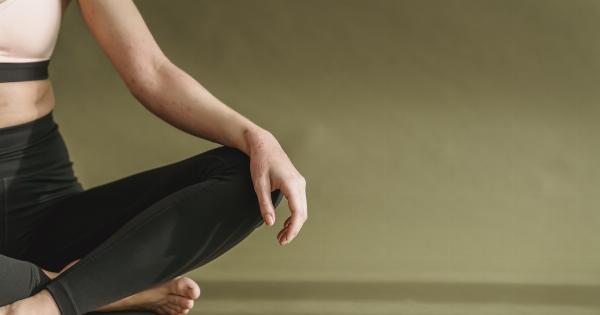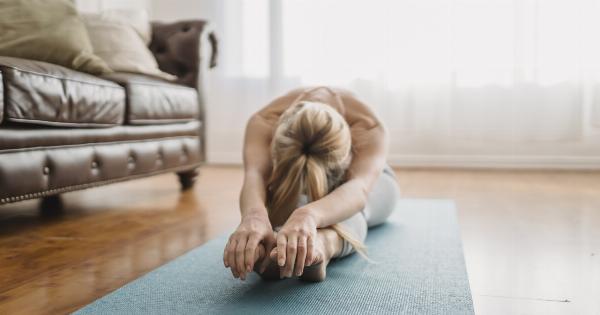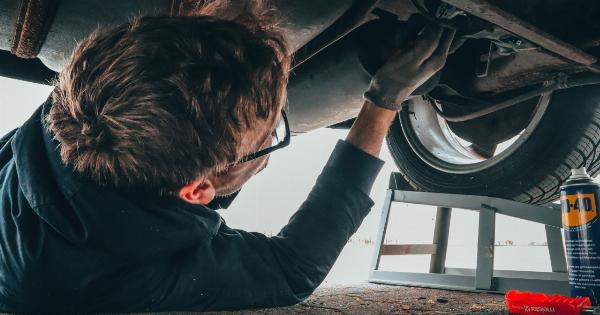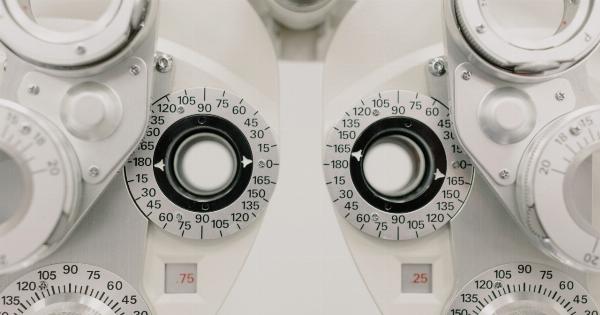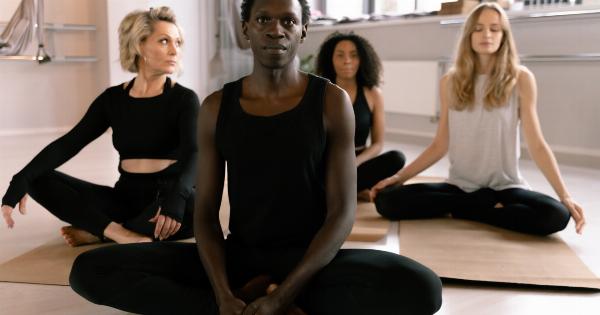Many of us have a habitual posture of crossing our legs while sitting.
It may seem like a comfortable and normal way to sit, but have you ever wondered if it could have an impact on your health? In this article, we will explore how crossing your legs may affect your posture, joints, and overall well-being from an osteopath’s perspective.
Understanding the Mechanics of Crossing Your Legs
Before we delve into the potential effects, let’s understand the mechanics involved when crossing your legs. When you cross one leg over the other, the weight distribution shifts to one side.
This can lead to an imbalance in the pelvis, causing the muscles on one side to tighten and potentially leading to uneven pressure on the joints.
The act of crossing your legs for extended periods can also contribute to poor circulation. When you cross your legs, you may be compressing blood vessels, hindering blood flow to your lower limbs.
Over time, this reduced circulation can result in discomfort, swelling, and even varicose veins.
Postural Effects of Crossing Your Legs
One of the most significant concerns with crossing your legs is its impact on your posture. Sitting with crossed legs often leads to a slouched position, as the body naturally leans towards the crossed leg.
This posture puts excessive strain on the spine, especially the lower back region.
Additionally, constantly crossing your legs can contribute to muscle imbalances. The muscles on one side of the hip, particularly the hip flexors, may become tight, while the muscles on the opposite side may become weakened.
This muscular imbalance can affect your overall posture and increase the risk of developing conditions like lower back pain and hip dysfunction.
Furthermore, crossing your legs can also lead to a tilted pelvis.
When you consistently sit in a crossed-leg position, your pelvis may rotate and tilt, which can throw off the alignment of your spine and create additional stress on your joints and muscles.
Potential Joint Issues
Not only does crossing your legs affect your posture, but it can also put stress on your joints. When you cross your legs, you may experience increased pressure on the knee joint of the crossed leg.
This additional pressure can potentially lead to misalignment, pain, and even accelerate the wear and tear of the joint surfaces.
Moreover, crossing your legs can affect the alignment of your hips. The tilting and rotation of the pelvis mentioned earlier can create an imbalance in the hip joint, leading to increased strain on the joint structures.
This may result in hip pain and limited range of motion over time.
Implications on Spinal Health
Healthy spinal alignment is crucial for overall well-being, and crossing your legs can disrupt it. As mentioned earlier, sitting with crossed legs often leads to a slouched posture and increased strain on the lower back.
This can exacerbate existing spinal conditions, such as herniated discs or sciatica, and even contribute to the development of new spinal problems.
Additionally, the muscular imbalances caused by prolonged leg crossing can further impact spinal health.
As certain muscles become tight and others weaken, the stability and support provided to the spine may be compromised, increasing the risk of injuries or chronic pain.
Improving Your Sitting Habits
Awareness and conscious effort are key in breaking the habit of crossing your legs while sitting. Here are some tips to help improve your sitting posture:.
1. Sit with Both Feet Flat on the Floor
Try to keep both feet planted firmly on the floor, hip-width apart. This position helps distribute body weight evenly and supports a more aligned posture.
2. Use a Supportive Chair or Cushion
Invest in an ergonomic chair with proper lumbar support or use a cushion to help maintain the natural curve of your lower back.
3. Take Frequent Breaks
Avoid sitting for prolonged periods. Take regular breaks to stretch, stand, and move around. This helps prevent muscle stiffness and promotes healthy blood circulation.
4. Engage in Regular Exercise and Stretching
Strengthening exercises and flexibility-focused activities can help restore muscle balance, improve posture, and alleviate any discomfort caused by prolonged leg crossing.
5. Practice Mindful Sitting
Consciously focus on your posture and avoid crossing your legs. Over time, mindful sitting can become a habit, leading to better overall spinal health.
Osteopathic Perspective on Leg Crossing
As an osteopath, I believe that paying attention to our everyday habits can prevent or alleviate many musculoskeletal issues.
While there may not be a definitive answer to whether crossing your legs is entirely detrimental, it is evident that habitual leg crossing can have negative effects on your posture, joints, and overall spinal health.
By understanding the potential implications and making conscious efforts to improve our sitting habits, we can minimize the risks associated with leg crossing.
Maintaining a balanced posture, engaging in regular exercise, and seeking the guidance of an osteopath can all contribute to a healthier musculoskeletal system.

